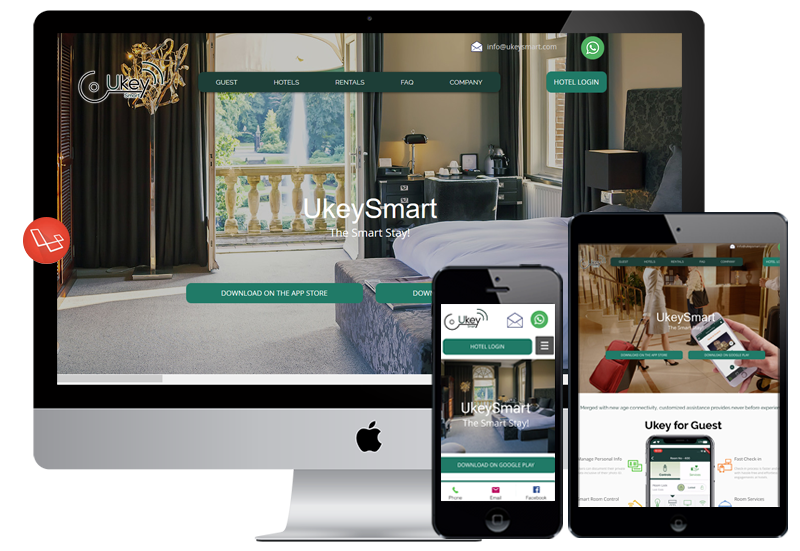Any company that is looking to grow into an independent business facility with full-fledged in-house tech team powering their day-to-day operations, needs a lot of preparations and arrangements to be done up early. They need proper service infrastructure to support their development program, expert tech professionals to be on top of all the lags and challenges, well-deployed processes to drive them right, and enough adherence to quality practices to deliver it right and nice.
But unfortunately, not all setups that are willing to run the show, have all of these together in place. If by any chance they have it, there is a lot of possibility of it failing, because of their lacking expertise and inadequate knowledge at building, managing and controlling software operations at par with domain experts.
Now, this is where you get BOT going. The Build, Operate, and Transfer model works on hybrid principles to serve such businesses that don’t fit the mainstream development needs.
So, what basically is the BOT (Build-Operate-Transfer) model?
It is typically an engagement model in software outsourcing which allows businesses to enter into a contract to hire a software services provider to setup, grow and run an IT program on their behalf, aimed at transferring the entire service facility or operation to them eventually.
So, what is happening here is an expert software development company like Dark Bears builds an entire software development setup (with insourcing or captive center) and incubates it till the time it reaches its functional proficiency. Once the program starts delivering as expected or the contract gets over it is handed-over (deployed and transferred) to be operated at by client at the offshore subsidiary. And the service may go on till the client adapts to work with the solution and achieves a self-sufficient role at serving its goals.
Phases of The BOT Model
-

Build
The first phase, where all the planning and setting up activity happens. The infrastructure and resources are brought together. Here the most decisive plans about the project are built. Besides, staffing, training, and induction of the selected professionals takes place. Project-specific production facility, IT equipment, and network connections are laid. And all of this is made to work with a compliant legal and administrative framework.
-

Operate
In the Operate phase of the BOT model, the program begins to function. It is actually here where you get to see the contract taking a full-fledged operational role and plans taking shape of actual results. Here, everything from research and analysis, solution prototyping, architecture designing, product development, QA, and maintenance happen - allowing your project to reach its functional maturity.
-

Transfer
The transfer phase is about procuring the ownership. The solution that is now mature enough to take up its full-fledged role into the offshore client facility is now insourced. So, you have the offshore subsidiary now working at their discretion, control, permission, and captivity. In the process, every project deliverable, knowledge resources, assets, and intellectual rights are transferred to the client.





 Build
Build  Operate
Operate 









